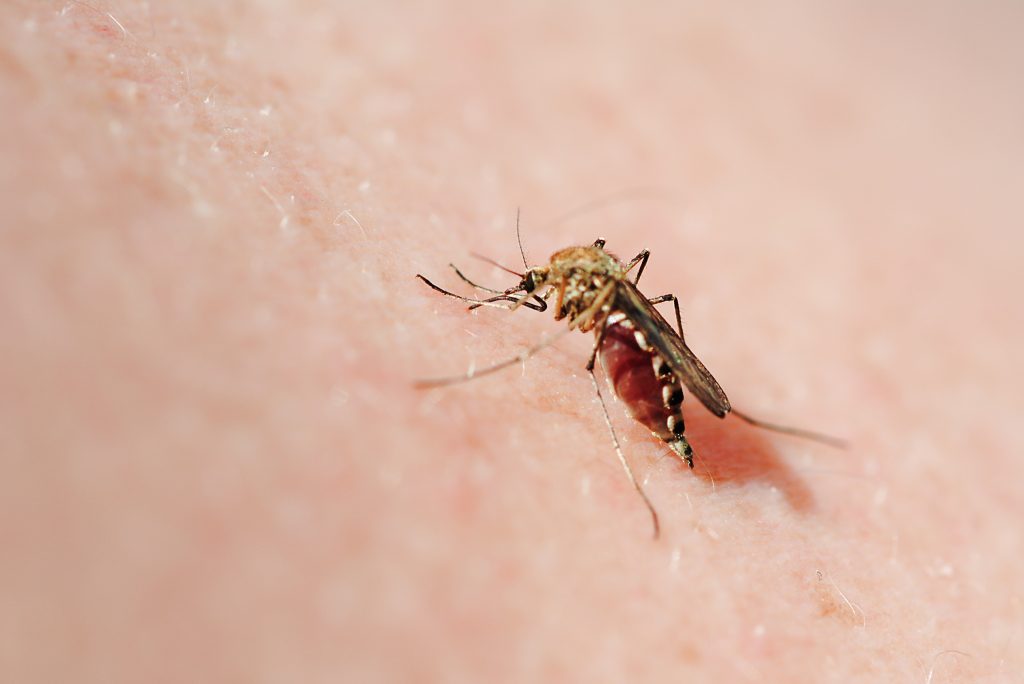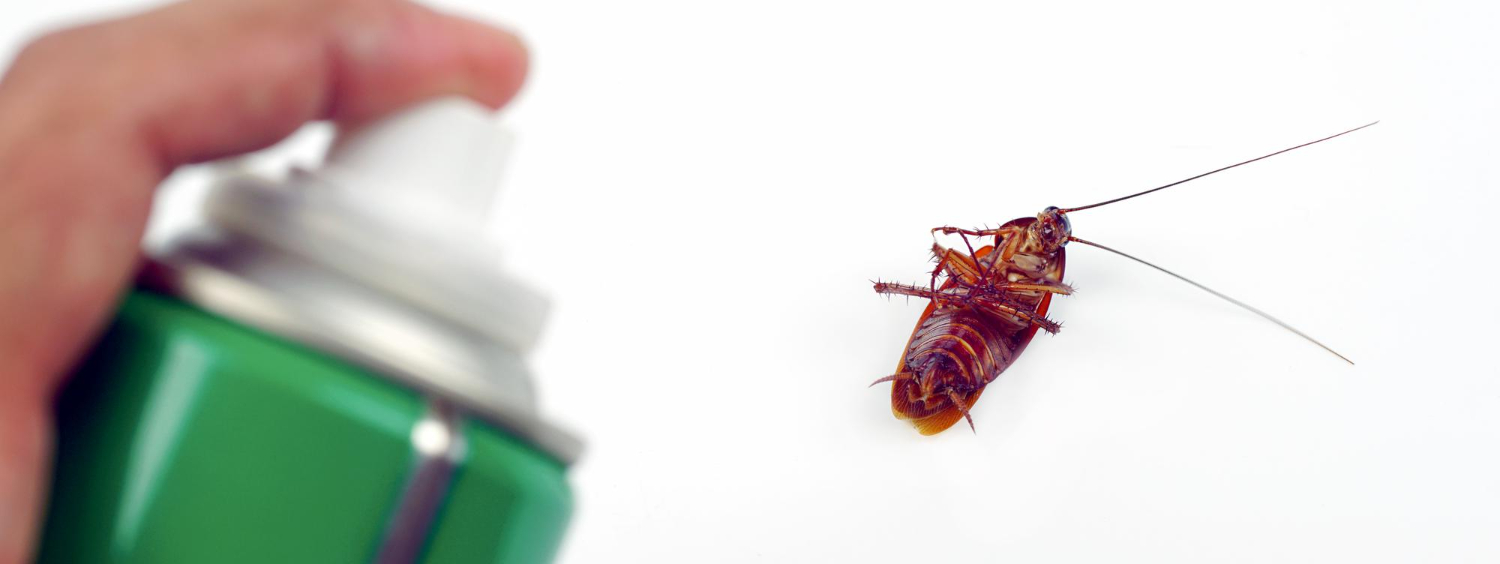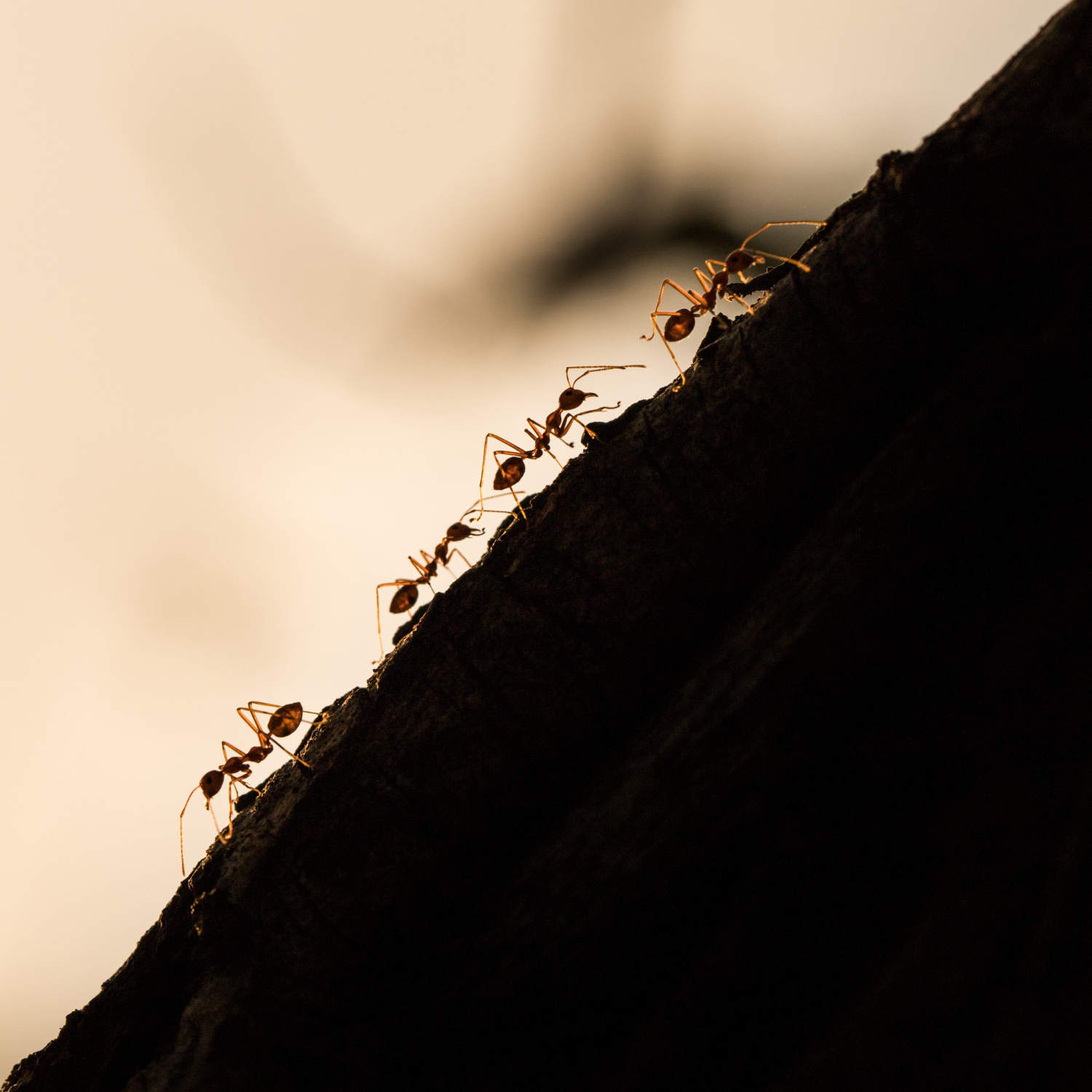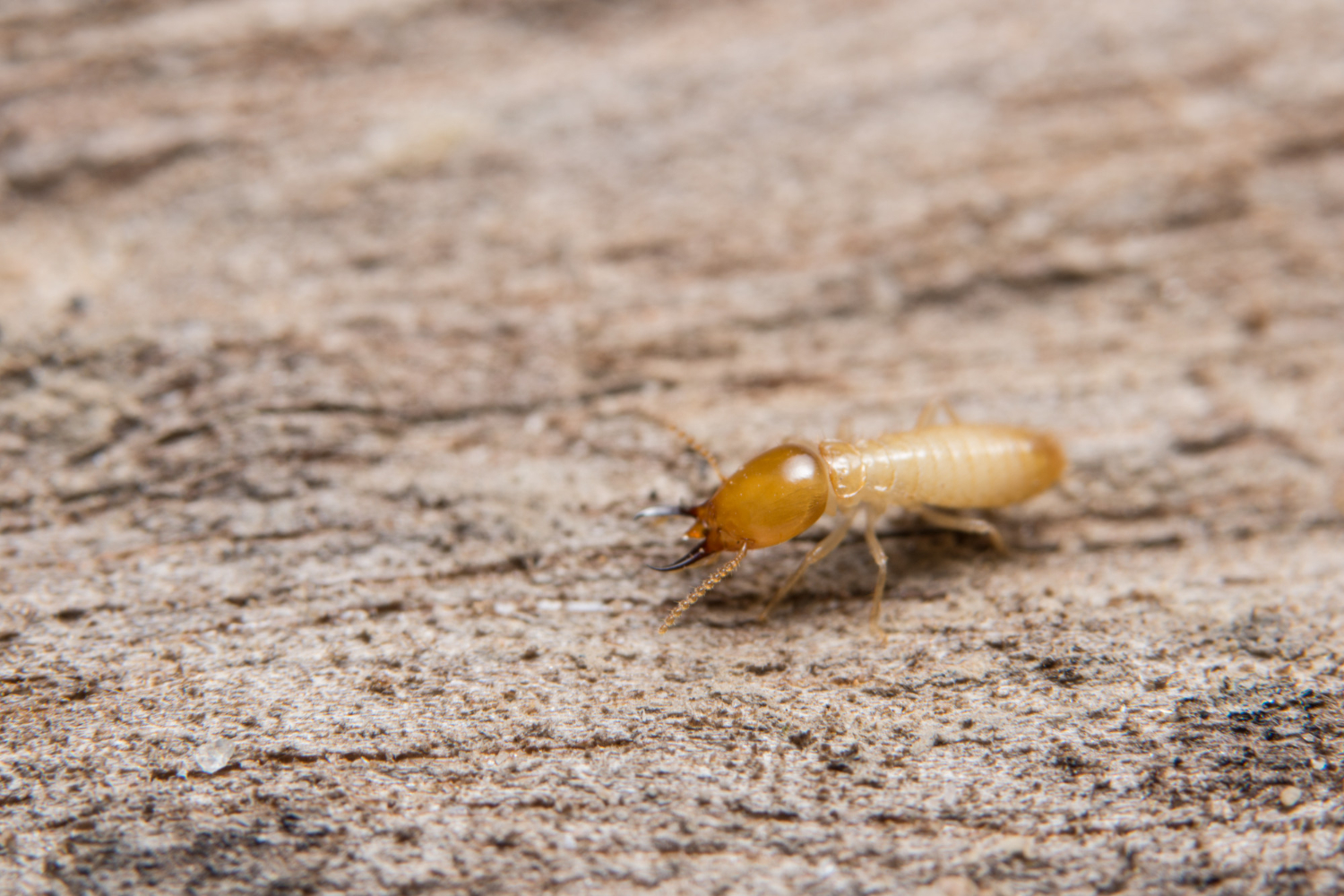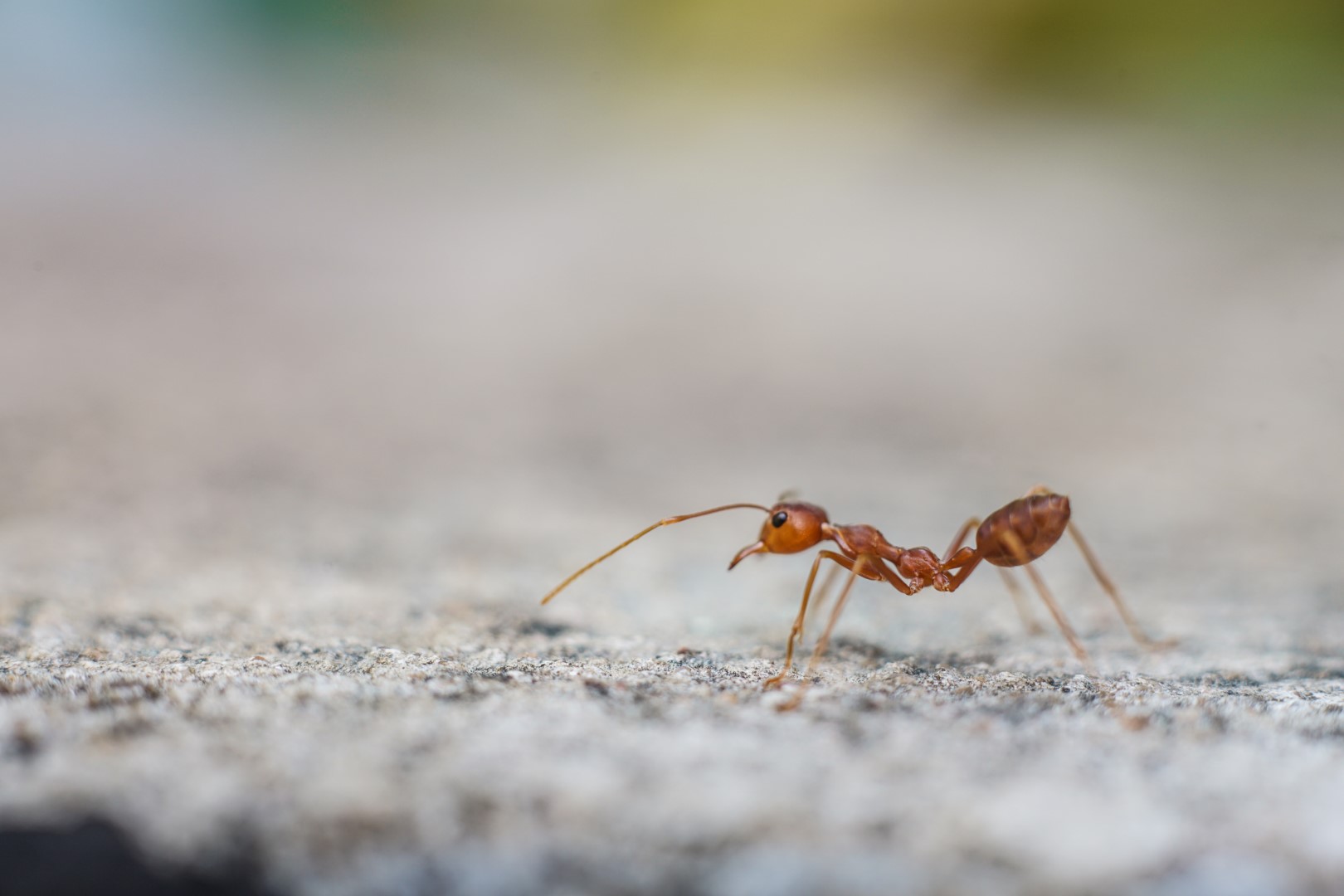MOSQUITOES..the male mosquito does not bite.
Often referred to as “wrigglers”, mosquito larvae choose stagnant water to develop into “tumblers” which is a term often used to describe the larval stage of this serious disease-carrying insect.
The two general types of MOSQUITOES are Culicine (Culex spp. And Aedes spp.) and Anopheline (Anopheles).
Their eggs are laid in water, sometimes in “rafts”, usually hatching after 2 – 3 days.
The hatchling, known as a larva feeds on bacteria, spores and pollen present in the host water environment utilizing a special type of mouthpart with tiny filter brushes often referred to as “bristles”.
Breathing by both larvae and pupae is achieved using a periscope type of apparatus. Some species rely only on spiracles, others utilize a conical breathing trumpet and yet others have a siphon air breathing system.
An “old-school” control method is still applicable today and sadly displaced, in my opinion, by more modern insecticidal methods. The old method relied on simply suffocating the developing larvae. This was achieved by placing oil on the surface of the water, preventing these stages from obtaining air and blocking up their breathing apparatus. The resulting suffocation of the under-developed mosquitoes stopped the life cycle abruptly with finality.
Male mosquitoes do not bite. Adult female mosquitoes bite in order to digest a blood meal before she can lay any eggs. Infact blood is the only food an adult female mosquito requires. With the exception of Aedes spp., adult female mosquitoes are night and dusk feeders. Aedes spp. adult female mosquitoes feed night and day and their bitten victim runs a risk of being infected with Dengue fever.
Dengue Fever And Brisbane
Whereas timber destroying insects such as termites (white-ants) and borers can be successfully controlled by barriers and methods such as termicide and borercide treatment, mosquito infestations are difficult to control due to their ability to fly between blood meals without necessarily contacting residual insecticide deposits or spray mist environments. A greater emphasis should be directed to minimizing breeding harbourages in our cities and other populated areas. Whilst it is seemingly impossible to guard against being bitten by one of these disease-carrying pests, there is much that can be done to minimize the risk.
Mosquito Control
An essential part of any successful Mosquito Control programme is to remove breeding environments. Old tyres, pot plant reservoir dishes, blocked roof gutters, water tanks, septic systems, fish ponds, other stored and stacked rubbish provide water-holding environments that can be exploited by egg-laying adult female mosquitoes. Where feasible, items such as these should be regularly monitored and control measures implemented.
If you want a professional to control and monitor your Mosquitoe problem, then contact us at Termite Rescue today!
